Manufacturing Renaissance Takes Root in the Buckeye State
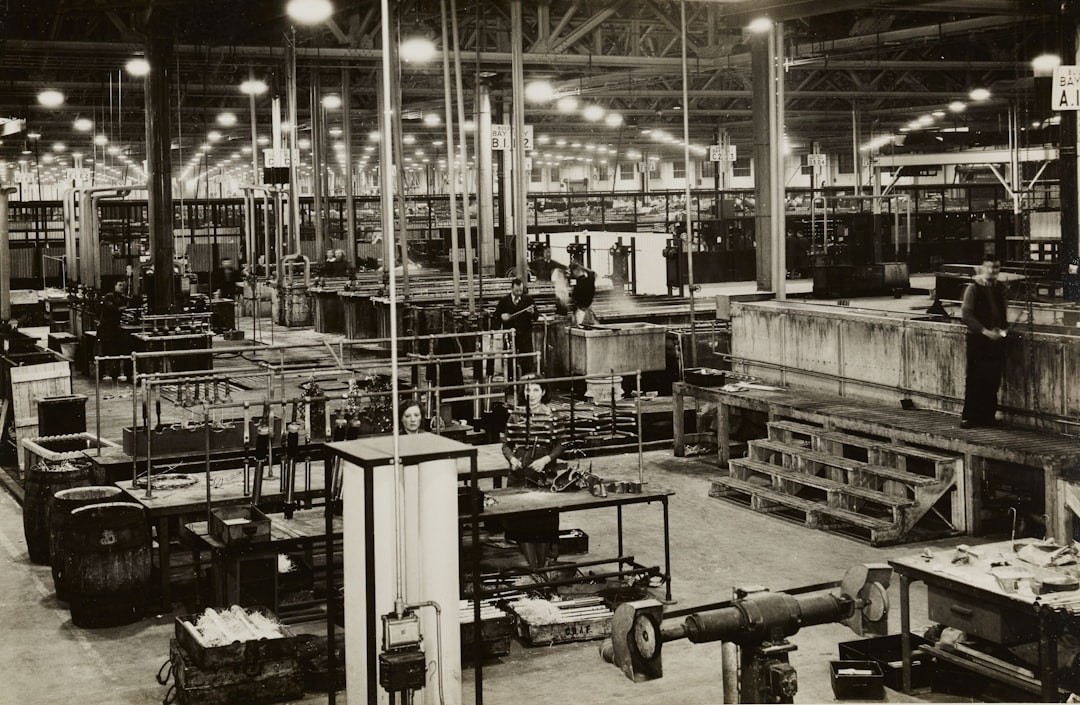
Ohio’s industrial landscape is experiencing a remarkable transformation that’s catching the attention of economists nationwide. The state has added over 45,000 manufacturing jobs since 2023, according to the Bureau of Labor Statistics, representing a 4.2% increase that outpaces the national average. This surge comes at a time when many predicted manufacturing’s continued decline in traditional Rust Belt states. Major investments from companies like Intel, which announced a $20 billion semiconductor facility in New Albany, and General Motors’ $760 million investment in Toledo’s battery plant, are driving this unexpected revival. The Ohio Department of Commerce reports that manufacturing now accounts for 12.8% of the state’s total employment, up from 11.9% in 2022.
Semiconductor Industry Becomes Ohio’s New Economic Engine
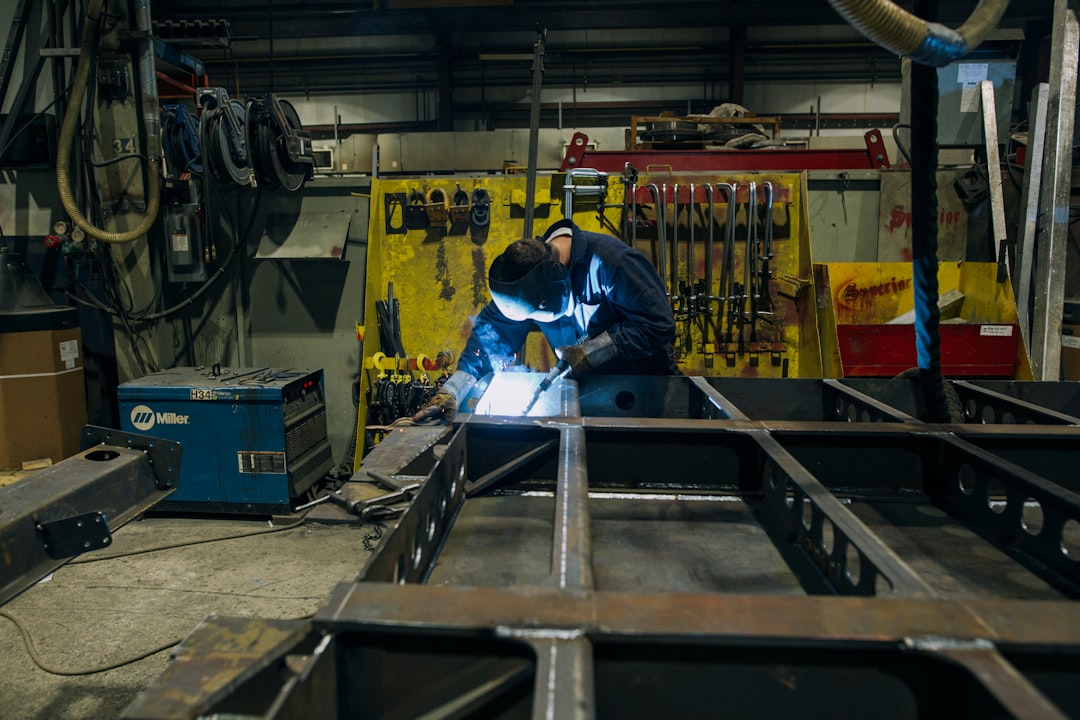
The semiconductor sector is leading Ohio’s manufacturing boom, with Intel’s massive Columbus-area facility serving as the cornerstone of this transformation. Construction on the New Albany site began in earnest in 2024, with the first phase expected to create 3,000 direct jobs and support an estimated 7,000 construction jobs. The facility represents the largest private investment in Ohio’s history, according to JobsOhio, the state’s economic development corporation. Beyond Intel, several supplier companies have announced plans to establish operations nearby, creating what officials are calling a “silicon heartland.” The Semiconductor Industry Association data shows Ohio could capture 8% of U.S. chip production capacity by 2030, a dramatic shift for a state traditionally associated with steel and automotive manufacturing.
Electric Vehicle Production Drives Automotive Sector Growth

Ohio’s automotive industry is experiencing a renaissance through electric vehicle and battery manufacturing investments. General Motors’ Ultium Cells battery plant in Lordstown, operational since 2023, employs over 1,100 workers and produces batteries for the company’s electric vehicle lineup. Ford’s Lima Engine Plant has been retooled to produce electric vehicle components, securing jobs for 1,700 workers who might otherwise have faced layoffs. The Ohio Motor Vehicle Manufacturers Association reports that EV-related manufacturing jobs in the state increased by 23% in 2024 alone. Tesla’s supplier network has also expanded into Ohio, with companies like Panasonic and LG Energy Solution establishing facilities to support the growing electric vehicle market.
Federal Investment Incentives Fuel Manufacturing Expansion
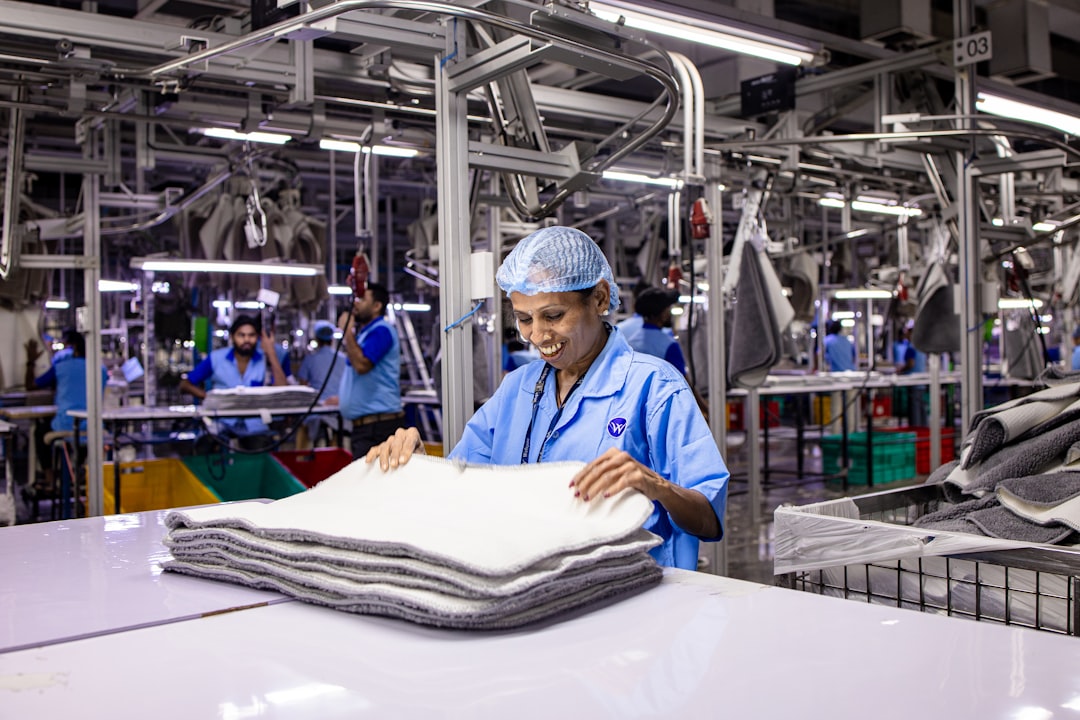
The CHIPS and Science Act of 2022 has proven instrumental in Ohio’s manufacturing surge, providing billions in federal incentives for semiconductor production. Intel’s Ohio project received $8.5 billion in federal grants and loans, the largest CHIPS Act award to date, according to the Department of Commerce. The Inflation Reduction Act has similarly boosted clean energy manufacturing, with Ohio securing over $3 billion in announced investments for solar panel and wind turbine production since 2023. These federal programs have created a multiplier effect, with every federal dollar invested generating an estimated $3.50 in additional private investment, according to the Brookings Institution. The Ohio Department of Development reports that federal incentives have been a factor in 78% of new manufacturing projects announced since 2023.
Workforce Development Programs Address Skills Gap

Ohio’s community colleges and technical schools have rapidly expanded programs to meet the demands of advanced manufacturing, with enrollment in manufacturing-related courses increasing 35% since 2023. The state has invested $50 million in workforce development initiatives specifically targeting semiconductor and EV manufacturing skills, according to the Ohio Department of Higher Education. Programs like the Ohio Manufacturing Extension Partnership have trained over 15,000 workers in advanced manufacturing techniques since 2023. Sinclair Community College partnered with Intel to create specialized semiconductor technician programs, with the first graduates entering the workforce in early 2025. These initiatives have helped reduce the manufacturing skills gap, with job vacancy rates in Ohio manufacturing dropping from 8.1% in 2023 to 5.9% in 2024.
Supply Chain Reshoring Benefits Ohio Manufacturers

The global supply chain disruptions of recent years have accelerated the trend of reshoring manufacturing operations to Ohio, with companies seeking to reduce dependence on overseas suppliers. The Reshoring Initiative reports that Ohio ranked third nationally in announced reshoring projects in 2024, with 127 companies bringing operations back from overseas. Companies like Whirlpool have moved appliance component production from Mexico to their Ohio facilities, citing supply chain reliability concerns. The Ohio Chamber of Commerce estimates that reshoring has created approximately 12,000 jobs in the state since 2023, with particular strength in plastics, metals, and electronics manufacturing. Transportation costs and delivery times have made Ohio’s central location increasingly attractive for companies serving national markets.
Advanced Manufacturing Technologies Transform Traditional Industries
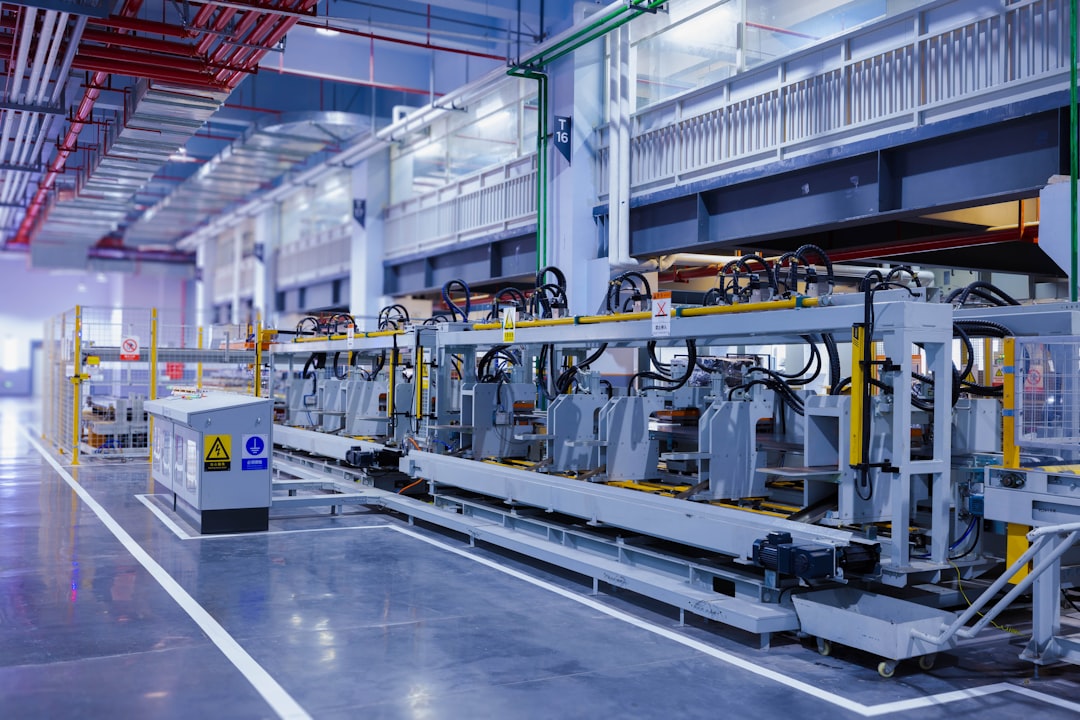
Ohio’s steel and metal fabrication industries are experiencing revitalization through automation and advanced manufacturing technologies. Companies like Cleveland-Cliffs have invested over $500 million in modernizing their Ohio facilities with AI-driven production systems and robotics. The Ohio Manufacturing Institute reports that 67% of the state’s manufacturers have adopted some form of Industry 4.0 technology since 2023, improving productivity and creating demand for skilled technicians. 3D printing and additive manufacturing have become significant growth areas, with Ohio hosting over 200 companies specializing in these technologies. The state’s manufacturing productivity, measured by output per worker, has increased by 18% since 2023, according to the Federal Reserve Bank of Cleveland.
Regional Economic Impact Spreads Beyond Factory Floors

The manufacturing boom is creating substantial economic ripple effects throughout Ohio’s service sectors, with every manufacturing job supporting an estimated 2.5 additional jobs in the broader economy. Restaurant and retail employment in manufacturing-heavy counties has grown 12% faster than the state average since 2023, according to the Ohio Restaurant Association. Housing construction has surged in areas around major manufacturing investments, with building permits increasing 28% in the Columbus metropolitan area and 19% in the Toledo region. The Ohio Bankers League reports that commercial lending for manufacturing-related projects increased by 45% in 2024, indicating strong confidence in the sector’s growth prospects. Local tax revenues in manufacturing communities have increased substantially, with some counties reporting 15-20% growth in property tax collections.
Clean Energy Manufacturing Emerges as Growth Sector

Ohio has become a significant player in clean energy manufacturing, with companies like First Solar expanding their Ohio operations to meet growing demand for solar panels. The company’s Perrysburg facility produces enough solar panels annually to power 750,000 homes, and recent expansions have added 500 jobs since 2023. Wind energy component manufacturing has also grown, with TPI Composites’ Newton Falls facility producing turbine blades for offshore wind projects. The Ohio Department of Development reports that clean energy manufacturing employment has increased by 31% since 2023, making it one of the fastest-growing manufacturing subsectors. Federal tax incentives for clean energy production have made Ohio’s manufacturing costs competitive with international suppliers, leading to increased domestic market share.
Labor Market Dynamics Shift Toward Skilled Manufacturing
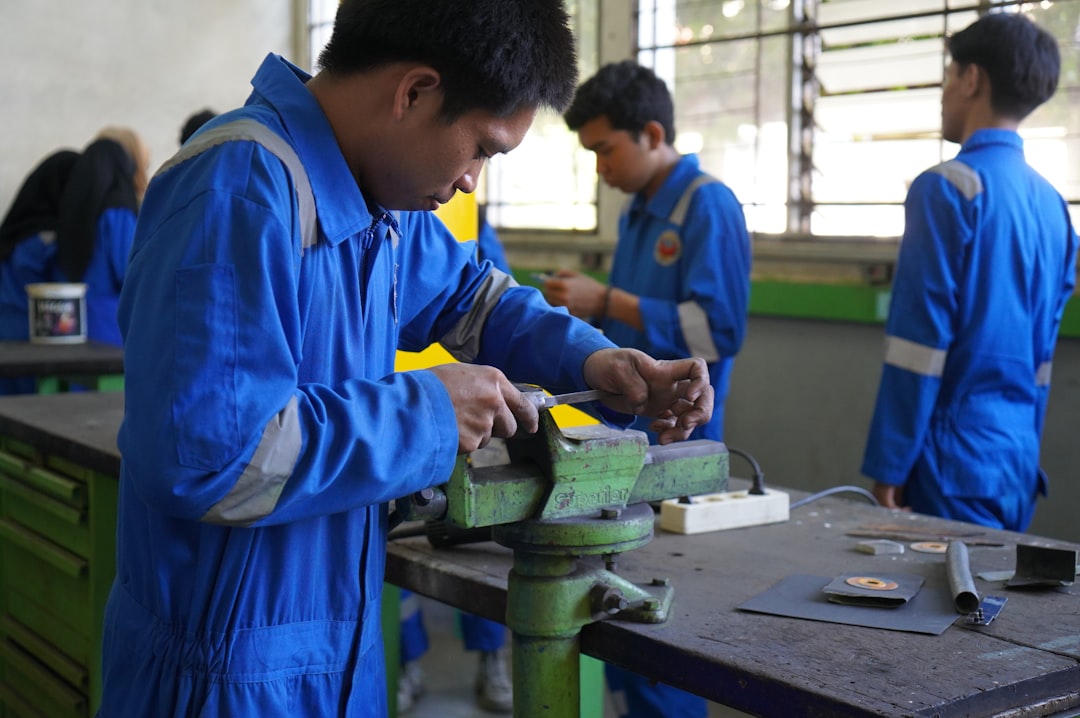
Ohio’s manufacturing job growth has been accompanied by significant wage increases, with average manufacturing wages rising 14% since 2023 to $62,400 annually, according to the Bureau of Labor Statistics. The demand for skilled workers has created a competitive labor market, with companies offering signing bonuses, enhanced benefits, and tuition reimbursement programs to attract talent. Union membership in Ohio manufacturing has stabilized after years of decline, with the United Auto Workers reporting 8% membership growth since 2023. The Ohio State Employment Relations Board data shows that manufacturing workers are increasingly choosing union representation, particularly in electric vehicle and semiconductor facilities. This shift toward higher-skilled, better-compensated manufacturing jobs represents a departure from the low-wage manufacturing that characterized some of Ohio’s earlier industrial recruitment efforts.
Infrastructure Investments Support Manufacturing Growth

Ohio has committed over $2 billion in infrastructure improvements to support manufacturing expansion, including transportation, utilities, and broadband enhancements. The Ohio Department of Transportation fast-tracked improvements to Interstate 70 and State Route 161 to accommodate increased truck traffic from Intel’s facility and related suppliers. Utility companies have invested $800 million in electrical grid upgrades since 2023, with American Electric Power and Duke Energy expanding capacity to meet manufacturing demand. The Ohio Broadband Program has prioritized high-speed internet access for manufacturing zones, recognizing that modern factories require robust digital connectivity for IoT devices and automated systems. Water infrastructure improvements, including new treatment facilities and distribution systems, have received $400 million in state and federal funding to support manufacturing needs.
Manufacturing Diversity Reduces Economic Vulnerability
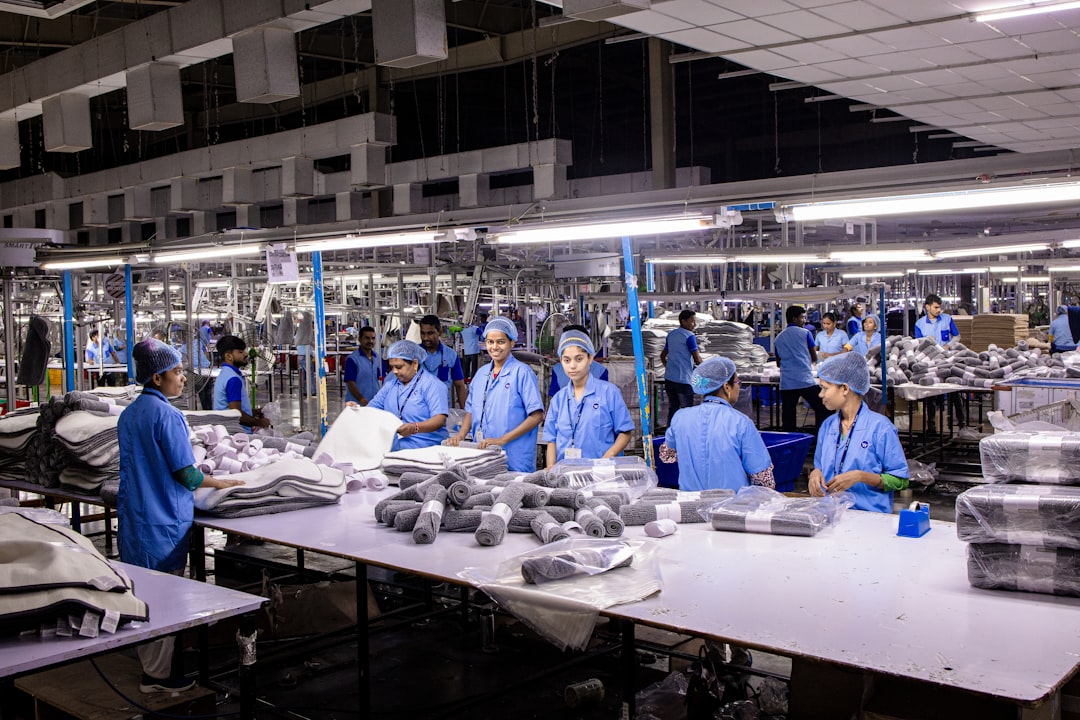
Ohio’s manufacturing surge spans multiple industries, reducing the state’s historical dependence on automotive production and creating greater economic resilience. The Ohio Department of Commerce reports that while automotive still represents 28% of manufacturing employment, semiconductors now account for 18%, with chemicals, machinery, and food processing making up the remainder. This diversification has helped Ohio weather economic downturns better than in previous decades, with manufacturing employment remaining stable during the 2023 economic uncertainties. Companies from 15 different countries have established manufacturing operations in Ohio since 2023, including facilities from Germany, South Korea, and Japan. The state’s manufacturing sector now exports to over 200 countries, with export values increasing 22% since 2023, demonstrating the global competitiveness of Ohio-made products.





